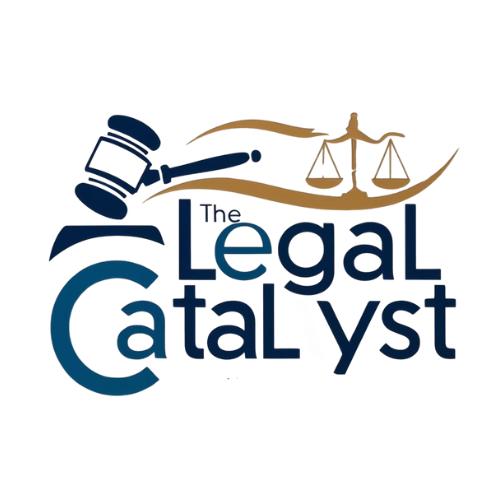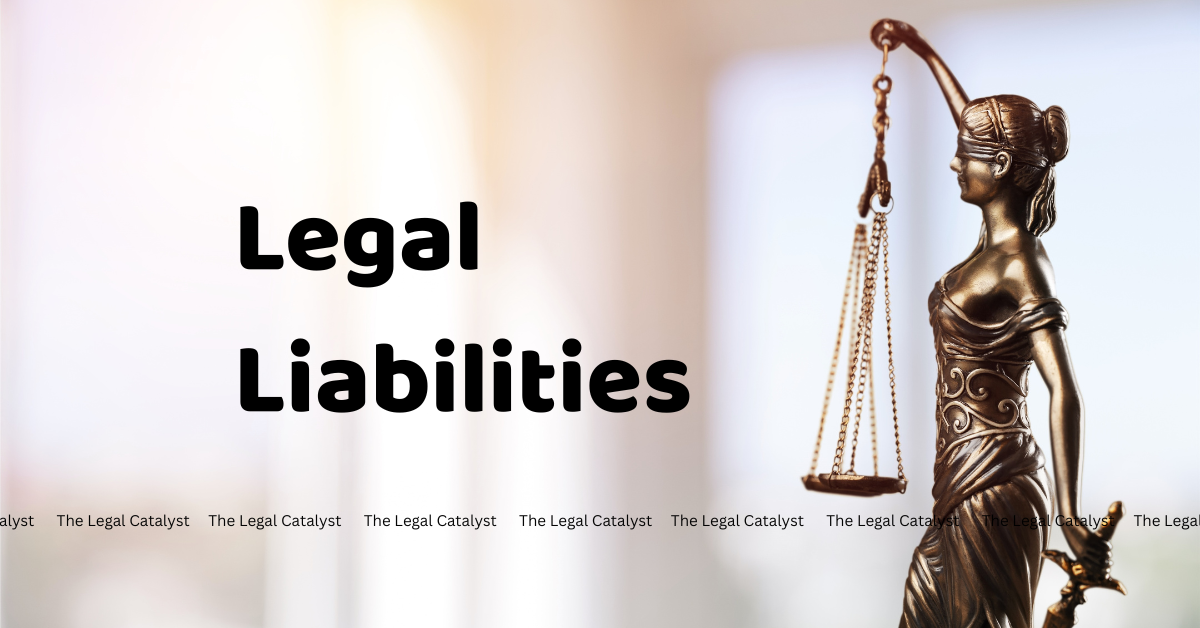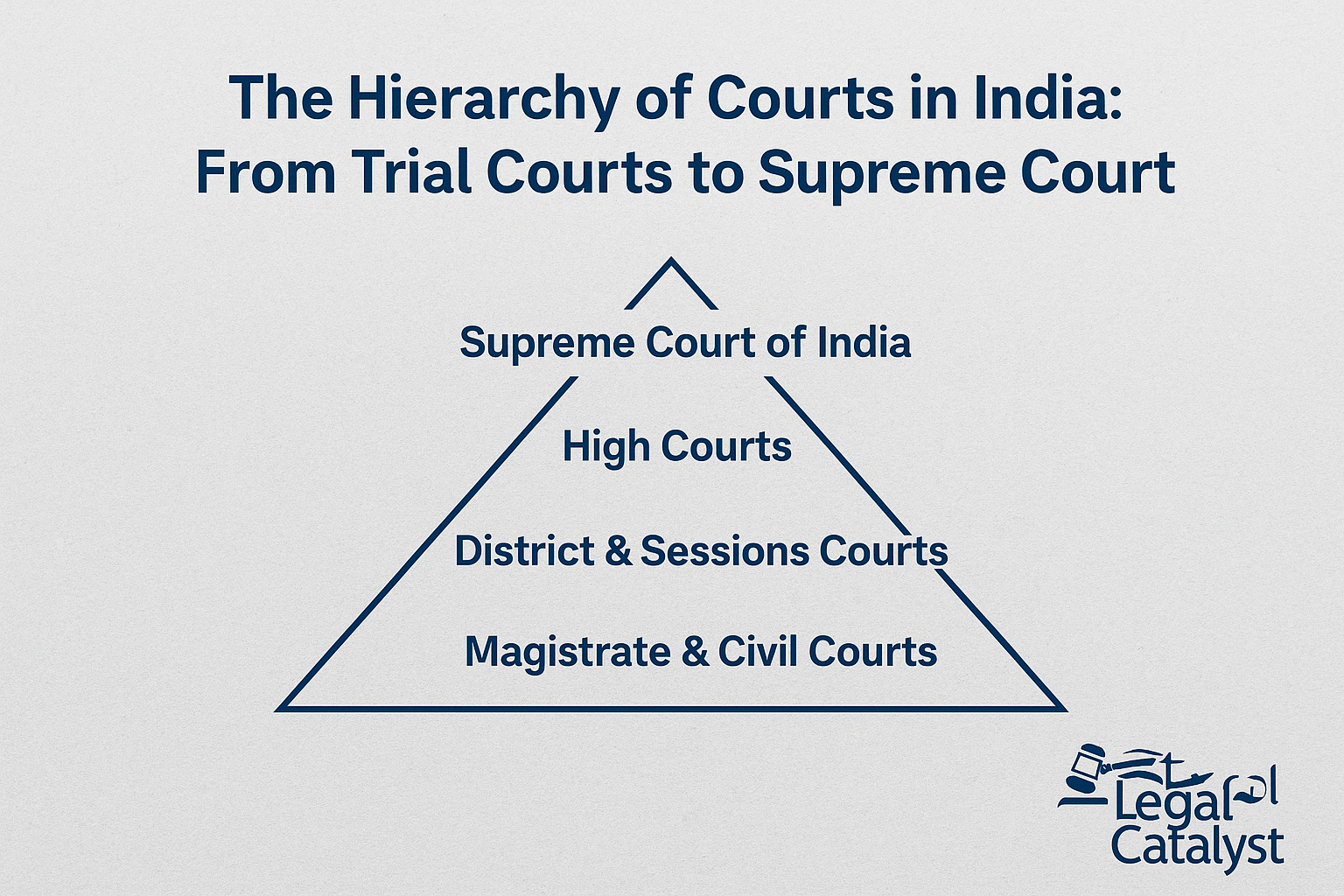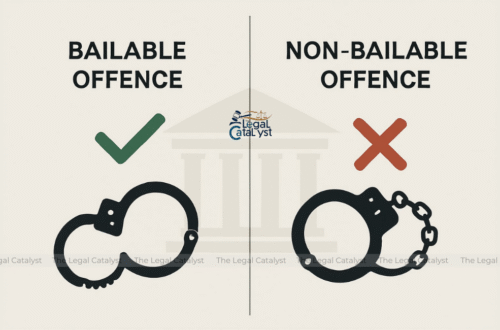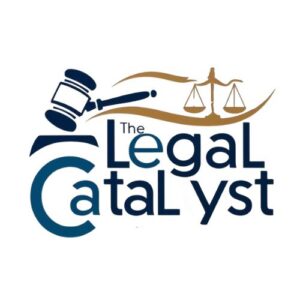Table of Contents (in Points)
- Introduction
- Meaning of Liability
- Classification of Liabilities
- Civil Liability
- Criminal Liability
- Contractual Liability
- Tortious Liability
- Statutory Liability
- Vicarious Liability
- Strict and Absolute Liability
- Differences Between Civil and Criminal Liability
- Landmark Case Laws
- Conclusion
Introduction
The concept of liability is central to all branches of law. It signifies a legal obligation imposed on an individual or entity to rectify a wrong, pay compensation, or face penal consequences for an act or omission. Liabilities can arise under different areas of law including civil, criminal, tort, and contract law. The nature and extent of liabilities depend on the legal duty breached, the type of wrong committed, and the forum in which it is addressed.
Meaning of Liability
The term “liability” generally refers to a legal responsibility for one’s actions or omissions. In legal parlance, it is the condition of being subject to a legal obligation. Liability may be civil or criminal, contractual or tortious, personal or vicarious, and may arise under statute or common law.
Classification of Liabilities
Civil Liability
Arises when a person commits a civil wrong such as breach of contract, negligence, or defamation. The remedy usually lies in compensation or restitution. It is enforced by the aggrieved party through a civil court.
Example: Breach of a lease agreement.
Criminal Liability
Arises from the commission of a crime such as murder, theft, or fraud. It is imposed by the state to punish offenders and deter future crimes. Punishment may include imprisonment, fine, or both.
Example: A person guilty of robbery is liable to imprisonment under the IPC.
Contractual Liability
Arises from failure to fulfill obligations under a legally binding agreement. The aggrieved party can seek damages, specific performance, or injunction. It is governed by the Indian Contract Act, 1872.
Example: A seller’s failure to deliver goods as per the sales contract.
Tortious Liability
Arises when one person commits a civil wrong (tort) against another. It is based on the duty of care and the breach of that duty resulting in harm. The remedy is usually in the form of monetary compensation.
Examples: Defamation, nuisance, trespass, negligence.
Statutory Liability
Arises due to violation of statutory provisions enacted by Parliament or state legislatures. It can be civil or criminal, depending on the statute. Many labour laws, environmental laws, and consumer protection laws impose statutory liabilities.
Example: Liability under the Factories Act, 1948 for non-compliance with safety standards.
Vicarious Liability
Arises when one person is held liable for the acts of another due to a legal relationship. It is common in employer-employee relationships. The principle is based on “qui facit per alium facit per se.” This means he who acts through another does the act himself.
Example: A company is liable for the negligence of its driver during the course of employment.
Strict and Absolute Liability
Strict Liability (Rylands v. Fletcher Rule) is imposed without proof of negligence or fault. It applies when a person keeps hazardous substances and they escape and cause damage. Exceptions include act of God, plaintiff’s own fault, consent, and statutory authority.
Absolute Liability is an India-specific doctrine developed in M.C. Mehta v. Union of India (Oleum Gas Leak Case, 1987). No exceptions are allowed. Liability is total and without defences. It applies to industries engaged in hazardous or inherently dangerous activities.
Connect with us on Instagram – X – LinkedIn for daily updates, quizzes, and other materials.
Difference Between Civil and Criminal Liability
| Aspect | Civil Liability | Criminal Liability |
|---|---|---|
| Nature | Private wrong | Public wrong |
| Purpose | Compensation | Punishment and deterrence |
| Initiated by | Aggrieved individual | State (Prosecution) |
| Burden of Proof | Balance of probabilities | Beyond reasonable doubt |
| Result | Damages or specific relief | Imprisonment, fine, or both |
Landmark Case Laws
Rylands v. Fletcher (1868)
Established the rule of strict liability, holding a person responsible for damages caused by hazardous activities even without negligence.
M.C. Mehta v. Union of India (1987)
Evolved the doctrine of absolute liability in Indian law, where hazardous industries were held liable for harm caused without any exceptions.
Donoghue v. Stevenson (1932)
Introduced the neighbour principle in tort law, establishing modern negligence and tortious liability.
Indian Council for Enviro-Legal Action v. Union of India (1996)
Reiterated absolute liability for environmental pollution caused by chemical industries.
Conclusion
Understanding the types of liabilities is crucial for determining the legal consequences of an individual’s or entity’s actions. Whether in the form of civil damages, criminal punishment, or statutory penalties, liabilities ensure accountability under the legal system. Each type has its own legal framework, remedies, and purpose—ranging from private compensation to public punishment. Legal professionals must be adept at identifying the applicable liability to ensure justice, enforcement, and remedy.
Also Read
Private Limited vs. LLP vs. Sole Proprietorship – What’s Best for You?

